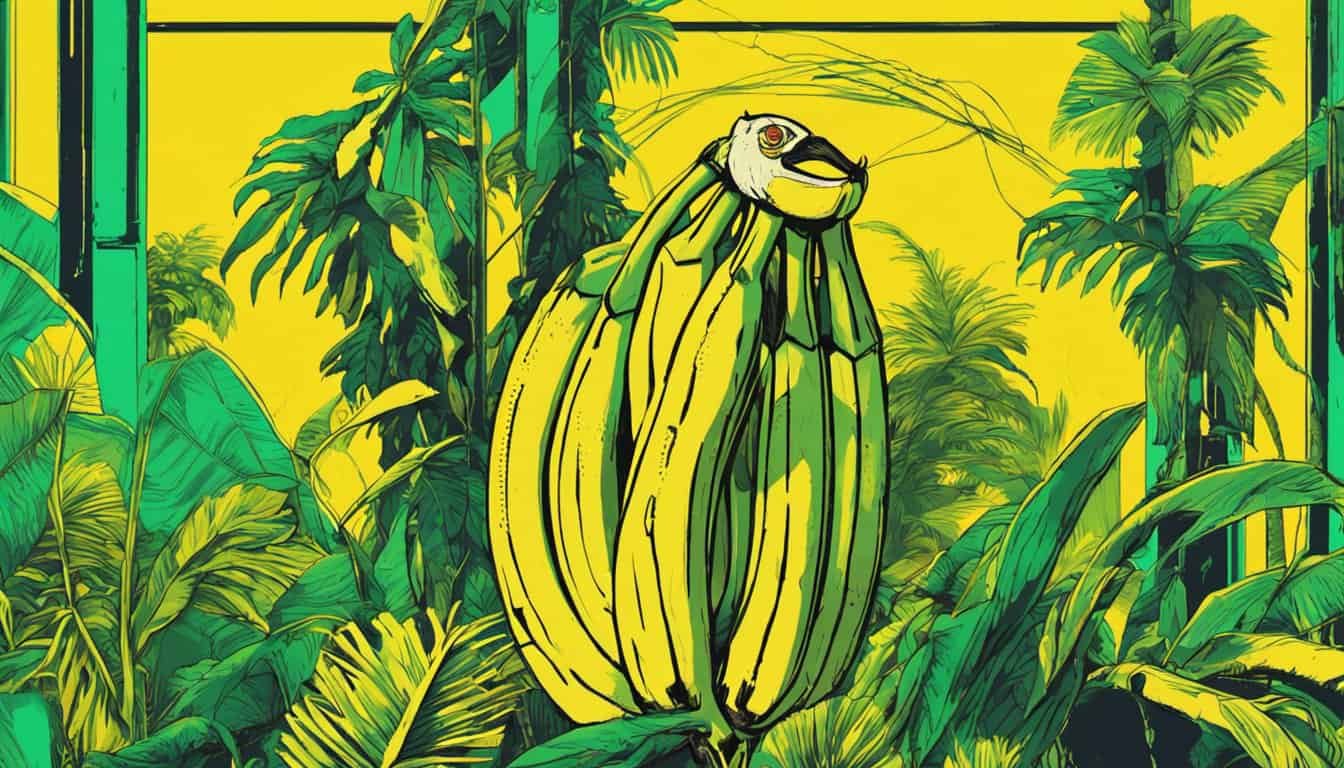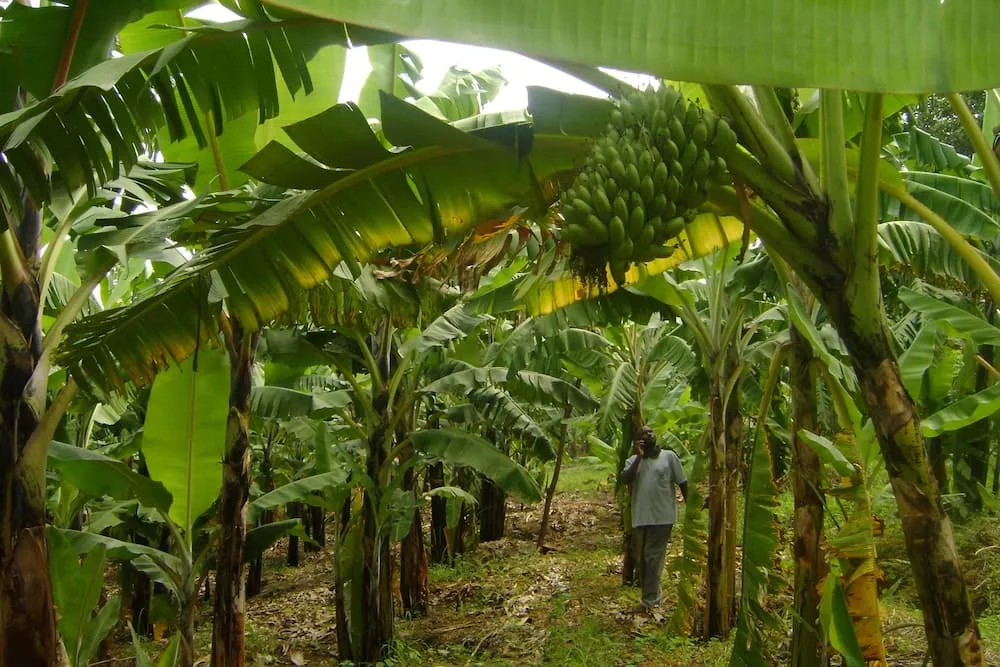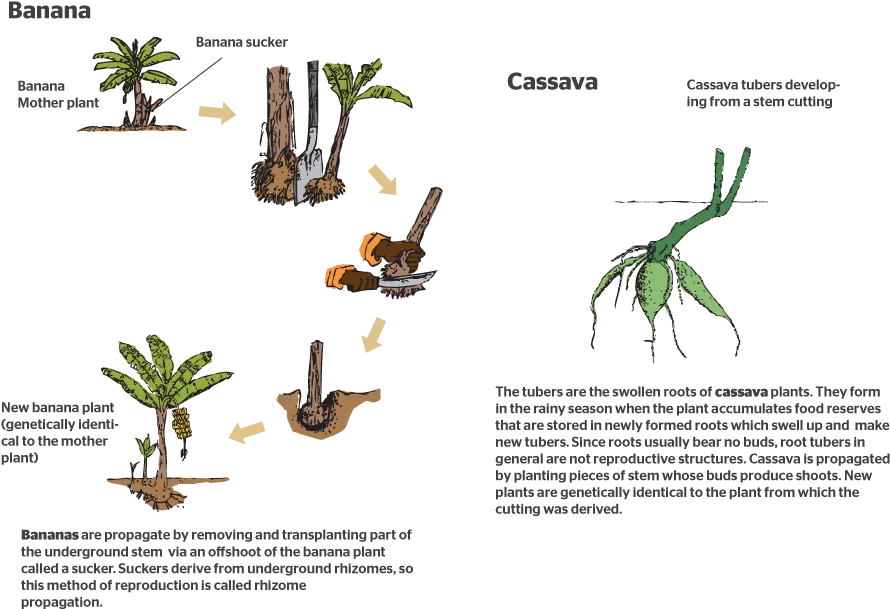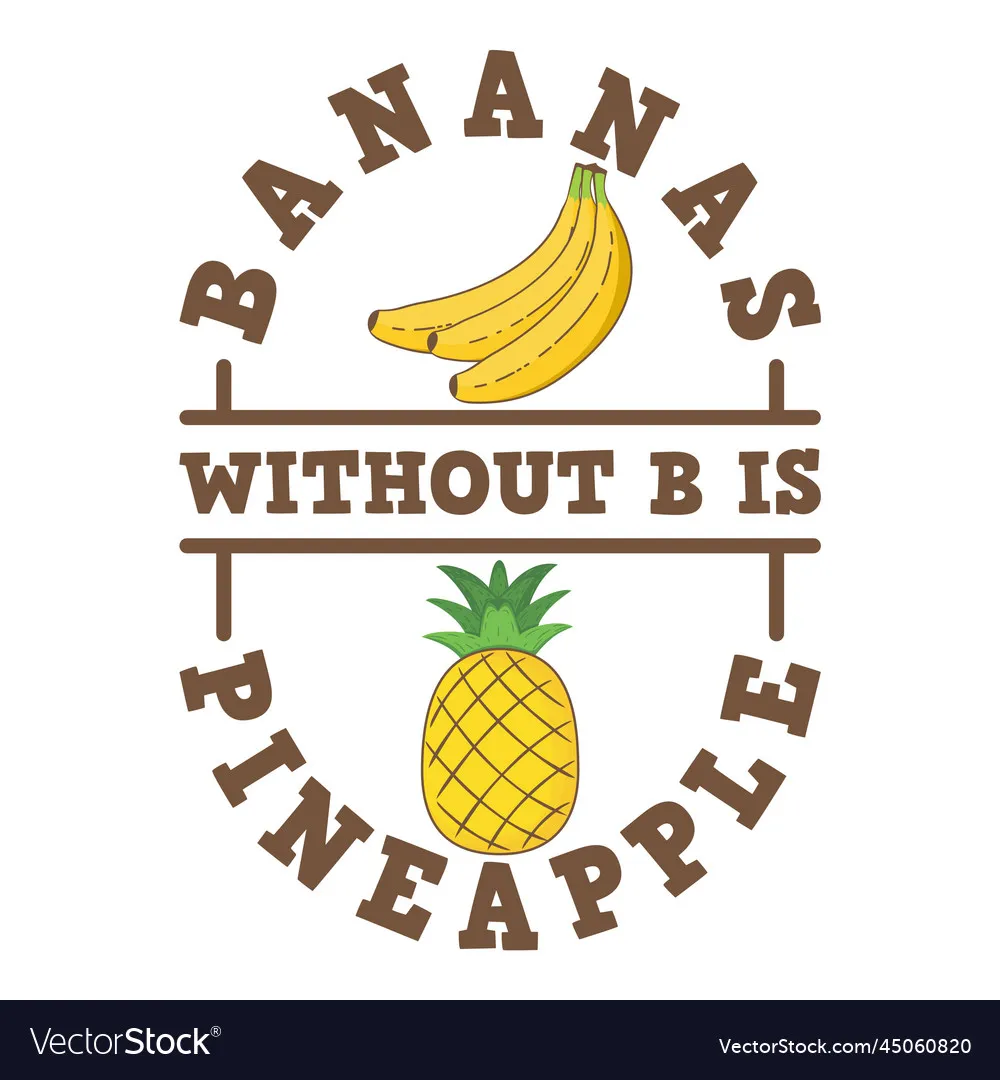Is Banana Bread Really Bread? Exploring the Ingredients, Methods, and Cultural Significance
Banana bread is a beloved treat that many of us have enjoyed at some point in our lives, but have you ever stopped to wonder: is banana bread actually bread? Delving into this topic requires an understanding of what bread is, as well as a closer look at the ingredients and preparation methods of banana bread.

In this article, we’ll explore the question of whether banana bread is truly bread, diving into what distinguishes bread from other baked goods, the history and cultural significance of banana bread, and why it’s often referred to as bread despite its differences. If you’re a banana lover looking to learn more about this tasty treat, keep reading to satisfy your curiosity.
What is bread?
While the topic at hand may be about bananas, it is important to take a moment to explore the world of bread. Bread, in its simplest form, is a staple food made from flour and water that is then baked. But the complexity of bread goes far beyond this basic definition.

There are countless variations of bread, each with its own unique flavor and texture. Some breads are made with yeast or other leavening agents to create a fluffy texture, while others rely on natural fermentation processes or sourdough starters for their rise. From crusty baguettes to soft sandwich loaves, there truly is a type of bread for every taste preference.
Bread also plays an important role in many cultural traditions and customs around the world. In some cultures, it is considered disrespectful to waste even a single crumb of bread. In others, breaking bread together symbolizes unity and friendship.
So while we may have set out to learn more about bananas today, let us not forget the humble yet complex world of bread that surrounds us every day.
What is a banana bread?
Banana bread is a delectable treat that has been enjoyed by people for generations. This delicious loaf is made from ripe bananas that are mashed and mixed with flour, sugar, eggs, and other ingredients. The result is a moist and flavorful bread that can be enjoyed as a snack or as part of a meal.
Banana bread has become so popular that it even has its own day of celebration – National Banana Bread Day on February 23rd! People around the world love this tasty treat for its versatility, simplicity, and comforting taste.
But did you know that banana bread also has health benefits? Bananas are rich in potassium and fiber, which can help regulate blood pressure and digestion. In addition to being nutritious, banana bread is also easy to make at home with simple ingredients.
So whether you’re looking for a new baking project or simply want to indulge in a delicious snack, give banana bread a try. You might just discover your new favorite treat!
The similarities and differences between banana bread and regular bread.
Banana bread and bread may seem like two similar things, but upon closer inspection, there are some distinct differences. First and foremost, banana bread is a sweet bread that incorporates mashed bananas into the batter. Regular bread, on the other hand, typically does not contain any fruit.
Another key difference between these two types of baked goods is the way they are made. Banana bread often calls for baking soda or baking powder to help it rise, while regular bread relies on yeast to create its signature fluffy texture. Additionally, banana bread recipes often include ingredients such as cinnamon or nutmeg to enhance their flavor profiles.
Despite these differences, there are also some similarities between banana bread and regular bread. Both require flour as a key ingredient and involve mixing wet and dry ingredients together before baking in an oven. Additionally, both can be enjoyed fresh out of the oven with a pat of butter or jam spread on top.

In conclusion, while there may be some differences between banana bread and regular bread in terms of flavor profile and method of preparation, they share many similarities as well. Regardless of which you prefer to bake or eat, both offer delicious options for satisfying your carb cravings!
The history and cultural significance of banana bread.
Banana bread is a beloved staple in many households, but its history and cultural significance are often overlooked. The origins of banana bread can be traced back to the Great Depression when frugal homemakers were looking for ways to use up overripe bananas that would otherwise go to waste. The first recipe for banana bread was published in a Pillsbury cookbook in 1933, and it quickly became popular due to its simplicity and affordability.
As the years went on, banana bread became more than just a practical solution for using up ripe bananas. It became a symbol of comfort and nostalgia, evoking memories of childhood or home-cooked meals. In fact, many families have their own treasured recipes passed down through generations.
Beyond its personal significance, banana bread also has cultural significance. In some Caribbean cultures, bananas are seen as a symbol of fertility and prosperity. Therefore, serving banana bread at events such as weddings or births is considered auspicious.
In addition to its symbolic importance, banana bread has also become an international phenomenon with variations found all over the world. For example, Filipino-style banana bread incorporates condensed milk and coconut flakes while Jamaican-style uses rum-soaked raisins.
Overall, the history and cultural significance of banana bread illustrate how food can reflect both practicality and emotional connections within our lives.

Why is banana bread often referred to as a bread?
The Ultimate Guide to Knowing When Your Banana Bread is Done: Tips and Tricks for Perfect Baking! »
Banana bread is a beloved treat that has been enjoyed by people all over the world for many years. Despite its name, banana bread is technically a cake, not a bread. However, the reason it is often referred to as “bread” can be traced back to its origins and unique characteristics.
The origins of banana bread can be traced back to the Great Depression era when people were looking for ways to use up their overripe bananas instead of throwing them away. The recipe for banana bread was born out of necessity and ingenuity rather than luxury or indulgence. This humble beginning likely contributed to its designation as “bread” rather than “cake”.
Another reason why banana bread is called “bread” could be due to its texture and density. Unlike traditional cakes that are light and fluffy, banana bread tends to be dense and moist. This texture gives it a more substantial feel similar to that of a loaf of bread.
Additionally, the ingredients used in making banana bread are similar to those used in making traditional yeast-based loaves of bread such as flour, sugar, eggs, and milk. The use of these ingredients further adds weightage towards calling it “bread” instead.
In conclusion while being technically classified as cake Banana Bread has earned its place amongst our bakery staples with sheer hard work from our ancestors during tough times leading us with this delicious dessert that we will continue enjoying even in generations ahead!
Check out our other articles to find out even more about banana.
Banana bread is a unique and delicious baked good that has been popular for centuries. It can be enjoyed as a breakfast or snack, and features flavors not commonly found in regular bread. Whether you’re looking to learn more about the history of banana bread, explore its cultural significance, or just satisfy your curiosity as to whether it’s classified as “bread” or not – there’s no doubt that this delightful treat has something special to offer everyone! Check out our other articles to find out even more about banana.










